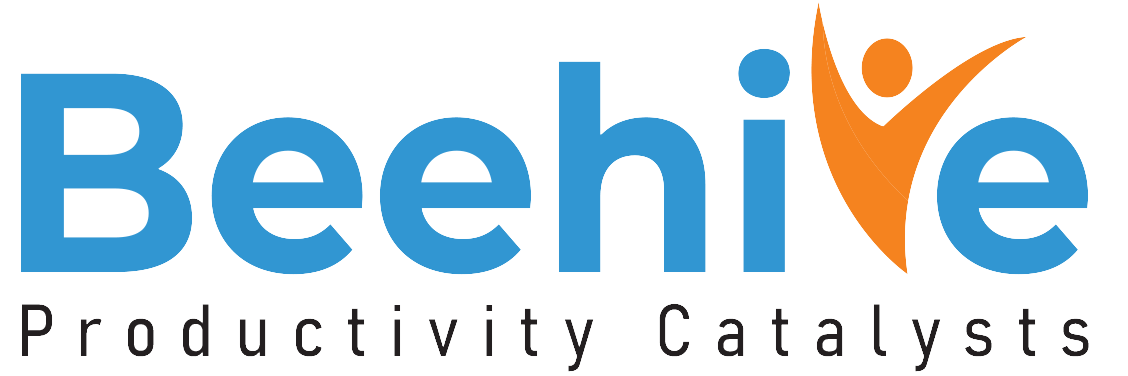Imagine trying to fly a plane in a storm with only your gut and an old paper map. Sounds terrifying, right? Yet many HR teams still navigate the complexity of workforce management with intuition and spreadsheets. In 2025, that’s no longer good enough. The rise of people analytics means HR can become more like an air-traffic control tower: clear, precise, strategic.
Recent research says that organizations using analytics are far more likely to achieve better business outcomes. CIPD notes that people analytics allow you to “make evidence-based decisions about your people” rather than guess. CIPD+1 And a 2023–2024 study by HR .com found that companies with mature analytics are outperforming those without. HR.com
For HR leaders, this means the shift from “we think” to “we know.” In this blog, we’ll explore why data-driven HR matters, how it works in practice, what the challenges are and how we are making a mark.
Why HR analytics urgently requires your attention
Think of HR like the engine of a car. If you ignore the fuel gauge, the temperature warning, the dashboard lights—you might be driving—but you are not assured of where you’ll end up. Without talent analytics, HR is operating blind.
Analytics aren’t about tracking how many forms were processed last month. They are about understanding why people leave, which teams under-perform, and how engagement connects to outcomes like customer satisfaction or revenue. McKinsey states that people analytics “helps managers and senior talent leaders unlock the power of data — increasing rigor, reducing bias and improving performance.” McKinsey & Company
In today’s fast-moving business world, speed and accuracy matter. Having insights is a requirement.
The business impact of people analytics
What kind of results are we talking about? Real numbers. Real outcomes.
- According to CIPD, analytics help you quantify the financial and social value of initiatives and make decisions tied to business goals. CIPD
- A blog summarizing 15 case studies of HR analytics found organizations with strong analytics were 5× more likely to turn HR data into meaningful action. aihr.com
For instance: Reducing turnover by analyzing who leaves and why, rather than guessing. Improving quality of hire by analyzing characteristics of high-performers. Predicting future skill gaps instead of reacting to them.
These are not nice-to-haves. They move HR from admin to strategic.
How HR teams translate data into strategy
Analytics is not black box or a mystery to be solved but a structured process.
Identify-> Collect -> Analyze -> Act -> Monitor
Step 1: Identify business questions. Example: Why is absenteeism rising in one region?
Step 2: Gather the data—attendance records, engagement surveys, manager feedback.
Step 3: Analyze and build insights—maybe the root cause is a manager with very high workload and low feedback frequency.
Step 4: Act. Re-design workload, train the manager, adjust team structure.
Step 5: Monitor. Has absenteeism dropped? Are scores improving?
This is where the magic happens: moving from data to decisions. Analytics gives HR a seat at the strategy table—not a separate seat, but the seat.
Common pitfalls on the analytics journey
Of course, it’s not always smooth sailing.
- Data quality issues: Garbage in, garbage out. Many organizations struggle with outdated, incomplete or siloed data.
- Lack of skills: HR may not have analysts, and analysts may not understand HR.
- Misaligned metrics: Tracking numbers no one cares about won’t help. The insight needs to connect to business priorities.
- Creepy data use: Analytics can feel invasive if not handled with transparency. CIPD warns organizations to be clear about what they track and why. CIPD
Recognising these barriers is the first step in building a mature analytics culture.
Case spotlights: Analytics at work
Let’s bring it down to earth with real examples.
One company found that new graduates left faster than experienced hires—contrary to belief. Using analytics they adjusted their recruitment strategy and improved retention. Effectory
Another healthcare chain used analytics to link staffing patterns to patient outcomes, reshaping teams accordingly. Deloitte
These stories show analytics isn’t abstract. It links HR to real business loops like productivity, cost, service levels.
How Beehive HRMS is making the difference
Here’s where the rubber meets the road. Beehive’s analytics-ready platform pulls data from across HR modules and serves it up in dashboards HR can use instantly.
- Unified dashboards that show attrition, hiring speed, performance trends and cost per hire.
- Predictive analytics modules that flag high-risk turnover segments or upcoming skill shortages.
- Manager-friendly visualisations: team heat-maps, one-click drill-down into root causes.
- Secure data architecture so analytics doesn’t become creepy—it becomes trusted.
- Integration across modules: recruitment, onboarding, performance, learning—analytics shows journey not just snapshot.
With Beehive the conversation changes from “How many people left last month?” to “Why did they leave, who is at risk now, and what do we do about it?”
Closing Vision
Data in HR isn’t a trend but the engine of future organizations. When HR leaders move from intuition to insight, companies win: higher productivity, lower turnover, better alignment between people and strategy.
With platforms like Beehive HRMS, analytics shifts from a project to an everyday tool. It becomes how you work, not just what you report. Because if you can’t measure something, you can’t change it. And in a world of rapid change, change is the only constant.





